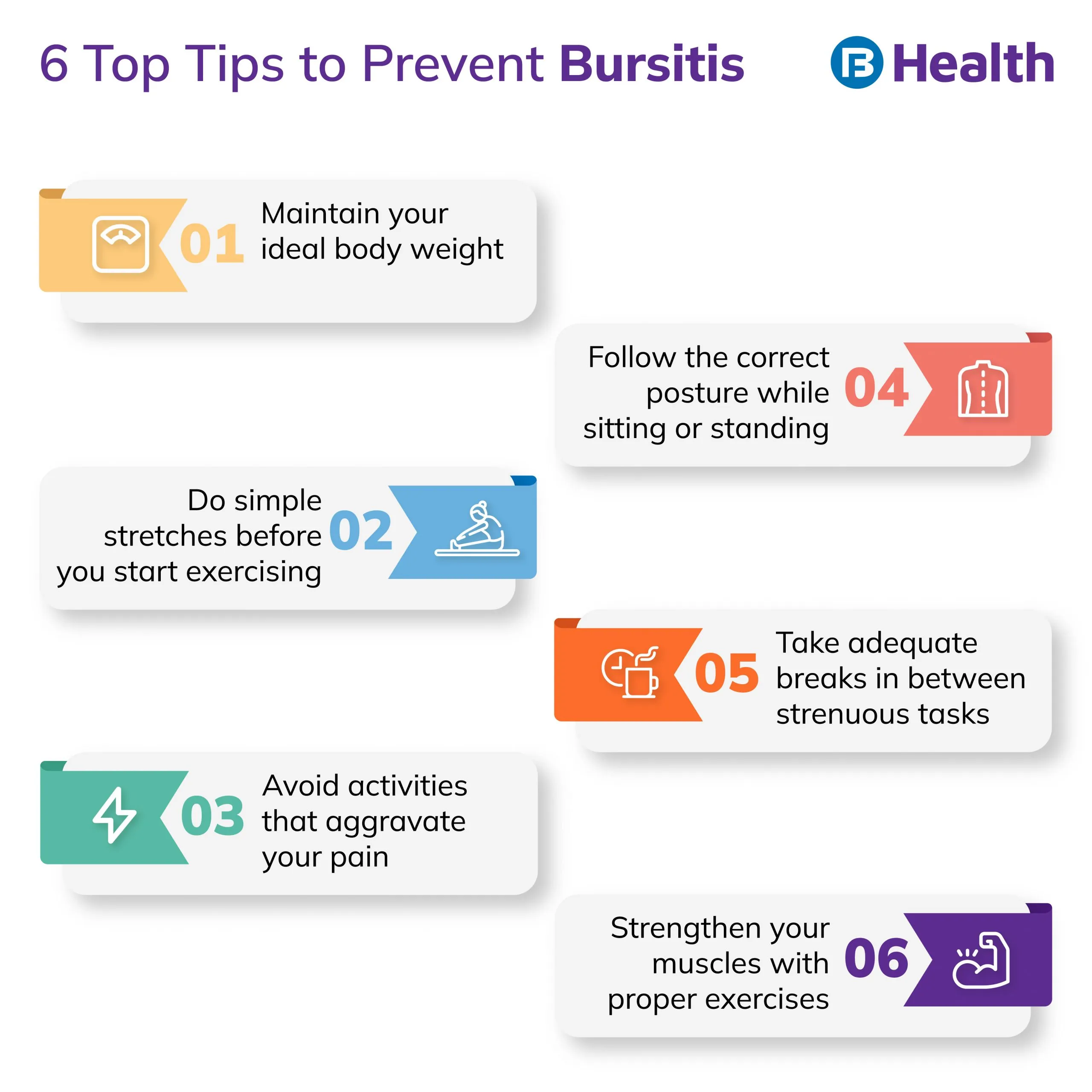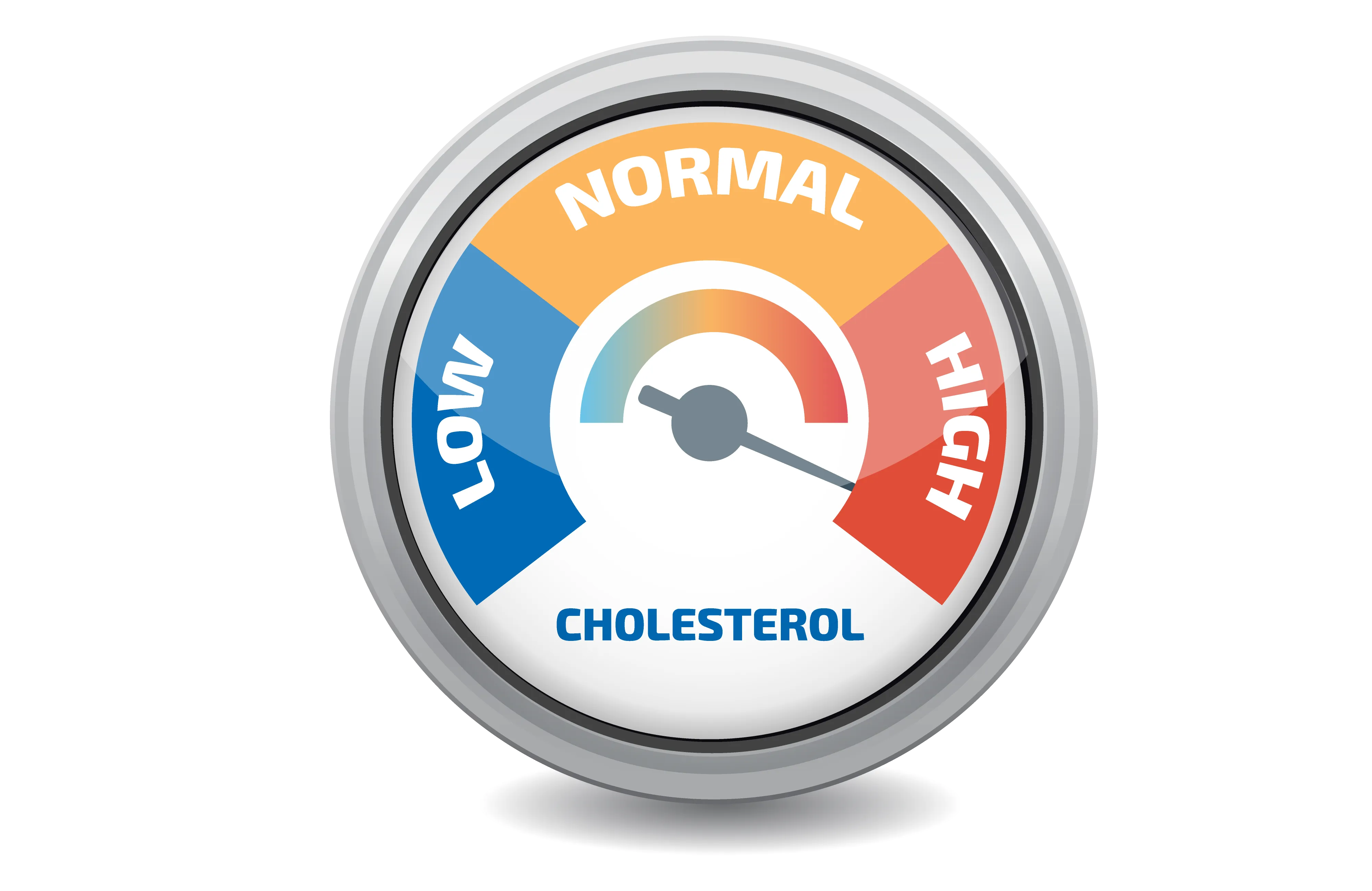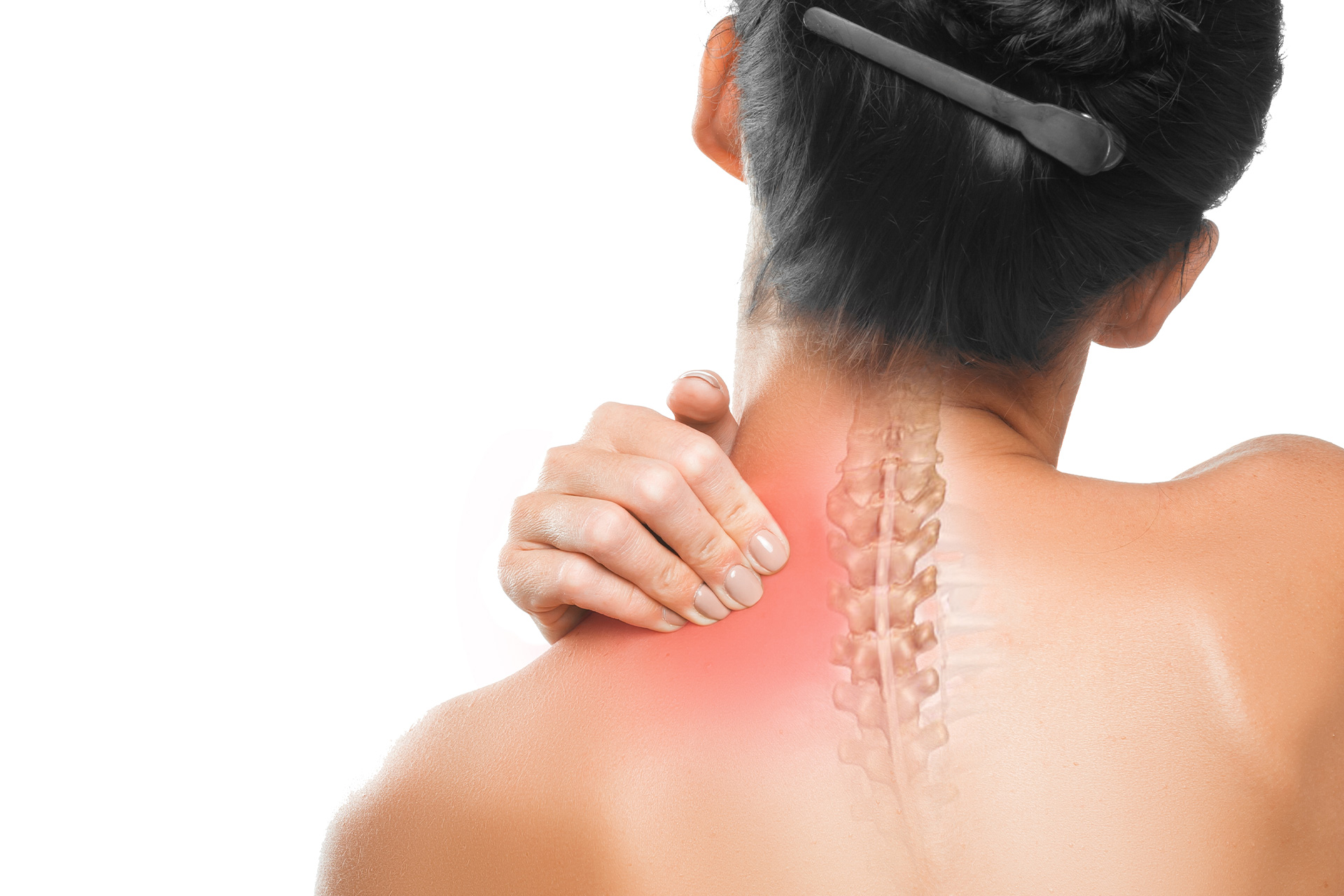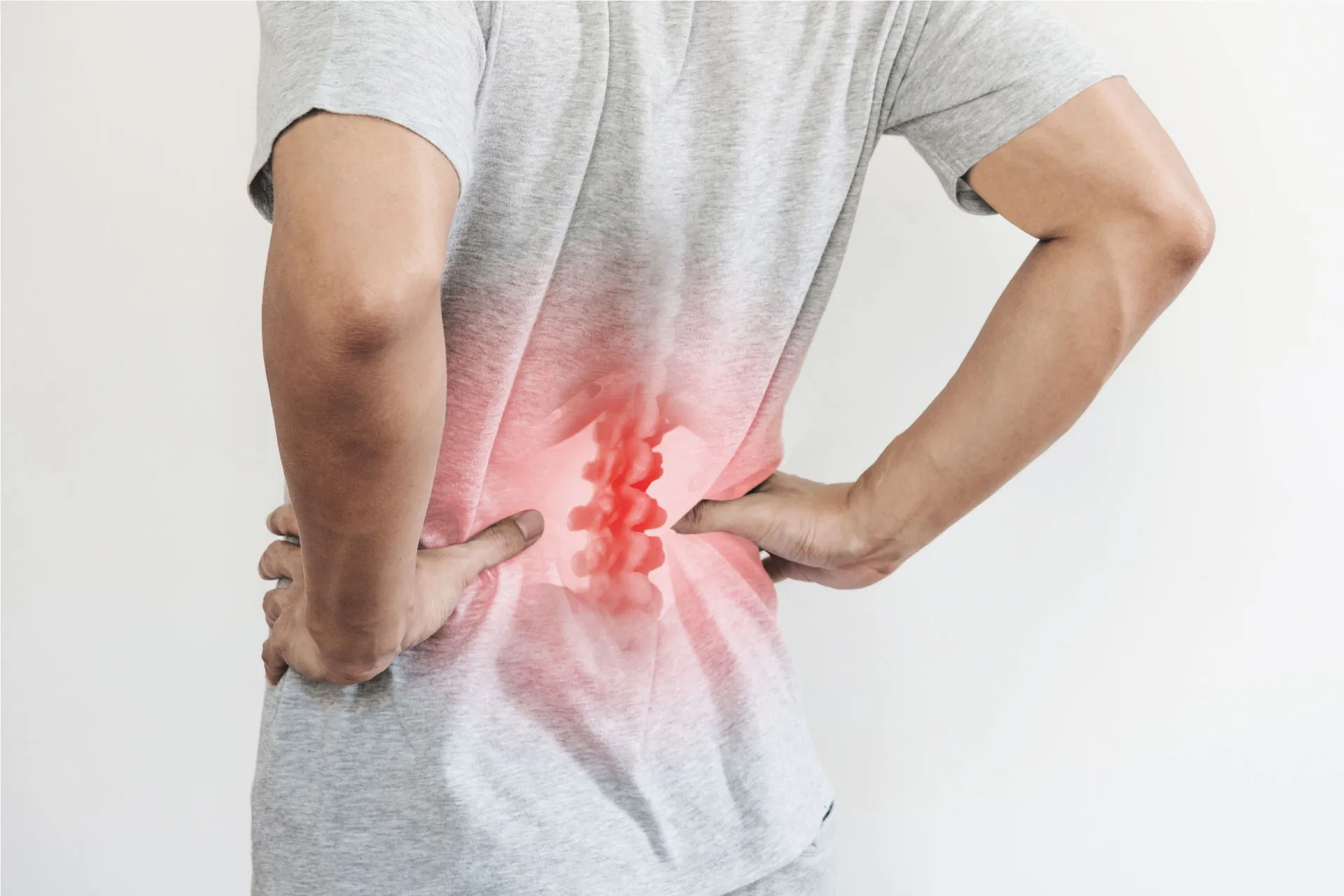Orthopaedic | 6 min read
Bursitis: Type, Causes, Symptoms, Tips and Treatment
Medically reviewed by
Table of Content
Synopsis
When your bursal sacs gets inflamed and limits the restriction of your joint movement, it causes bursitis. Read about bursitis in knee and bursitis in foot to understand this condition better.
Key Takeaways
- Bursitis limits the free movement of an affected region
- Bursitis in shoulder is also called impingement syndrome
- Bursitis in foot causes severe pain in heels when you walk
Bursitis is a condition in which your bursa sac gets inflamed. Your body contains small sacs filled with fluid known as bursa sacs. These sacs help minimize the friction between various moving parts in different joints of your body. When different type of bursitis occurs, these sacs or bursae get affected.
Bursitis most commonly affects areas surrounding major joints such as the knee, shoulder, hip, or elbow. When you apply excess pressure on your bursa sacs, it results in inflammation, thereby causing bursitis. Joints are the most commonly affected regions, and your body contains more than 150 bursa sacs. Like a fracture, even bursitis can limit the movement of the affected region. However, bursitis, unlike scoliosis, does not result in any deformity.
Statistics reveal that this painful condition affects at least one person out of 10,000 individuals. Amongst these bursitis cases, approximately one-third of inflammations occur due to bacterial infection [1]. Bursitis is common among individuals over the age of 40 years. A study reveals that the incidence of knee bursitis was higher among individuals working in the construction sector. This explains how carrying heavy workloads and kneeling frequently resulted in bursitis among male workers on construction sites [2].
To know more about bursitis types, symptoms, causes, and treatment, read on.

Bursitis Types
When there is an inflammation in your body, you feel severe pain at a particular point. Based on the location of bursa inflammation, you develop a particular type of bursitis, such as bursitis in the knee, bursitis in the foot, and bursitis in the shoulder. Here are a few different types of bursitis that can cause discomfort and pain.
When the bursa sac between your elbow bones and skin becomes inflamed, it results in elbow bursitis. In this type of bursitis, elbow movement gets restricted. This happens due to excess pressure on your elbow or any elbow injury. For example, when you constantly lean your elbow against any hard surface, you exert more pressure on your bursa, resulting in elbow bursitis.
When it comes to bursitis, the knee is one of the commonly affected areas. This knee bursitis is also referred to as goosefoot bursitis. The bursa, which becomes inflamed, is situated inside the knee. If you develop this kind of bursitis, knee movement gets affected and can limit your motion. Here are a few common reasons for developing bursitis in the knee.
- If you have excess body weight
- If your hamstring muscles are rigid
- If you do not stretch your body properly before exercising
- If you are suffering from a joint disease such as arthritis
When the bursa is situated in between the tendon and the skin of the heel, it can affect your walking movement. In this type of bursitis, the foot gets affected. Also called Haglund type, bursitis in the feet affects the Achilles tendon. It is the tendon that connects your calf muscles with the heel. Any inflammation in this region causes pain when you walk. If you have the habit of pressing your soft heel region on the hard part of shoes while walking, it can cause bursitis in the foot.
Another type of bursitis, known as hip bursitis, happens due to hip injury. In case you have undergone hip surgery, or you have arthritis, this bursitis type is common. Seen commonly in women, hip bursitis primarily affects the older generation.
If the bursa of your shoulder gets inflamed, it results in shoulder bursitis. In this type of bursitis, the shoulder turns red due to inflammation. Due to bursitis in the shoulder, you can feel the intense pain and problem with shoulder movement. Bursitis in the shoulder is also referred to as impingement syndrome. In this bursitis, the shoulder tip and topmost portion of your arm bone swell up and get inflamed. The bursa sacs in between these regions get affected, thereby resulting in shoulder pain.
Additional read: How to do Heel Slide Exercises and Its Tips
Bursitis Causes
Bursitis occurs when you apply excess pressure on a particular joint by using it excessively. A few activities with a higher risk of developing bursitis include.
- Skiing
- Scrubbing
- Carpentry
- Painting
- Gardening
- Shoveling
If your sitting posture at work or home is not appropriate, it can result in bursitis. Age also plays a crucial factor in bursitis. As you become old, your tendons tear off easily, resulting in inflammation. If you have existing conditions like arthritis or thyroid disorders, it can increase your risk of bursitis.
Additional read: Signs That Thyroid Hormone Function Needs Checking
Bursitis Symptoms
While symptoms of bursitis in the knee, bursitis in the foot, bursitis in the hip, or bursitis in the shoulder may slightly differ based on location, here are a few general symptoms you need to be aware of.
- Redness of your skin that indicates the presence of inflammation
- Swelling in your joints
- Bursa sacs thicken
- Severe pain in joints
- Restricted movement
- Fever if there is an infection due to bursitis
Bursitis Treatment
By taking proper rest, you can reduce swelling and inflammation. This is the primary mode of treatment used in bursitis. Be aware of the factor that aggravates inflammation of your bursa, and try reducing that activity. This way, you can avoid injury and allow the inflammation to subside and heal naturally.
If there is an infection due to bursitis, your doctor may prescribe some antibiotics. In addition, you may have to undergo certain physical therapy exercises to improve your joint movement. By undergoing occupational therapy, you become aware of different ways that do not cause any pressure on the affected area. In case of severe pain and inflammation, your doctor may give you an injection for quick relief. If you do not get any relief even after six months of bursitis treatment, surgery may be required for bursa removal.
Though bursitis is a temporary condition that can be treated, keep a close watch on its symptoms and take necessary steps before the condition worsens. By icing the affected area, you can minimize pain to some extent. In case of severe pain, you can reach out to top ortho specialists on Bajaj Finserv Health. Book an appointment through the app or website and get a doctor consultation with your preferred specialist. Address your symptoms via online or in-person consultation and reduce your bursitis pain. Timely bursitis diagnosis and treatment can help you easily manage the condition.
References
- https://www.ncbi.nlm.nih.gov/books/NBK525773/
- https://www.researchgate.net/publication/229015796_Prevalence_of_knee_bursitis_in_workforce
Disclaimer
Please note that this article is solely meant for informational purposes and Bajaj Finserv Health Limited (“BFHL”) does not shoulder any responsibility of the views/advice/information expressed/given by the writer/reviewer/originator. This article should not be considered as a substitute for any medical advice, diagnosis or treatment. Always consult with your trusted physician/qualified healthcare professional to evaluate your medical condition. The above article has been reviewed by a qualified doctor and BFHL is not responsible for any damages for any information or services provided by any third party.





